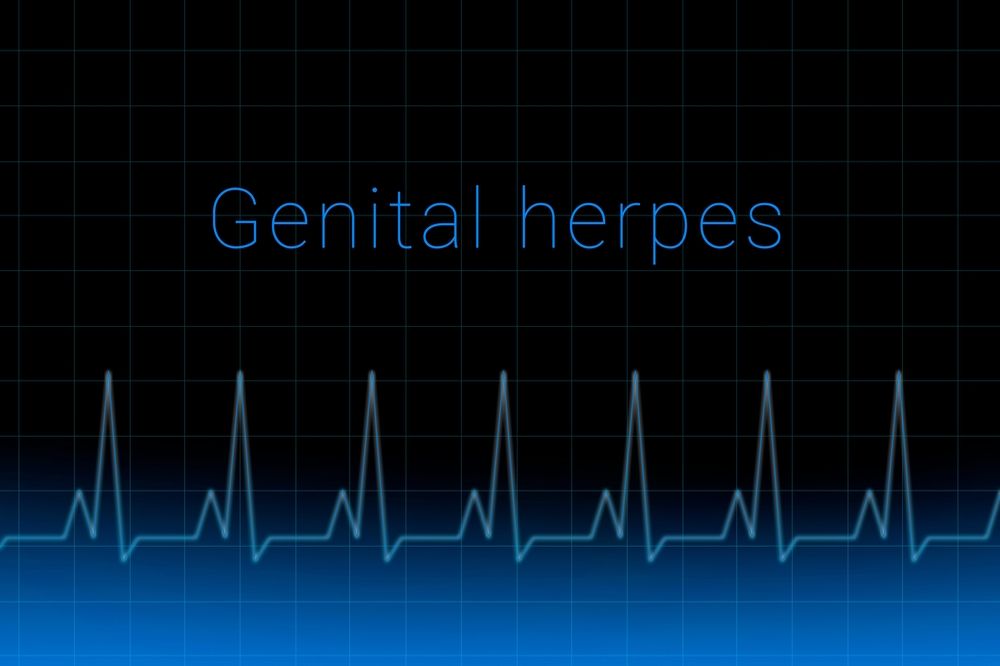Genital herpes Stages

Genital herpes goes through different stages. [5]
. The prodrome stage
The first stage of genital herpes is the prodrome stage. The prodrome is a stage of herpes symptoms that points to the onset of an episode. During the prodrome stage, the virus travels towards the surface of the skin and it might cause tingling, pain, redness, itchiness, or burning around or in the affected area. If the outbreak develops around the labia or inside the urethra, it can lead to painful urination. The skin remains contagious as long the outbreak lasts.
The prodrome stage is a phase of symptoms that indicate the onset of an outbreak normally lasting for several hours. Some might get flu-like symptoms such as headache, swollen glands or fever during the prodrome stage of genital herpes. Pain might also occur in the hips, buttocks, or legs during the initial stages and these symptoms usually get worse if it is the first outbreak of the patient. The skin is highly contagious even though there is no appearance of sores and blisters at the early stages of the infection.
. The blister stage
Once the herpes virus comes to the surface of skin, sores or blisters start forming. Blisters from the herpes simplex virus start developing as small red bumps that fill with fluid and the fluid ranges from whitish-yellow to clear in color. Blisters and bumps can be painful and sensitive on touch. The skin surrounding the blisters from herpes virus appears red and the blisters typically appear in clusters. The appearance of blisters resulting from herpes virus can be same as ingrown hairs, razor burn, pimples, or jock itch. Due to these similarities, one can mistakenly take herpes as one of these skin conditions. Fever-like signs of genital herpes infection can continue through this stage.
- The ulcer stage
The blisters start to break and then drain eventually. During the drainage phase, open sores appear on the skin surface known as ulcers. Ulcers look like red or oink craters at initial period and these ulcers ooze fluid or might bleed which happen very rarely. The open sores are much more painful and uncomfortable at the ulcer stage as compared to the preceding blisters. Ulcers start to accumulate some yellow-whitish fluid in them with time and the fluid gets hard and turns into a scab or crust. Scabs and crusts form by drying out the area which is not possible in moist areas such as genitals or inside the mouth.
- The healing stage
Ulcers could take a long time to cure properly. Healing might take up to 2 to 4 weeks during an initial outbreak of herpes infection. However, healing is quicker during subsequent outbreaks of the herpes infection. Itchiness is very common at this stage as scabs and crusts start healing from the outside. After the crust goes away, the skin area might remain pink for some time. Scarring is also a possibility if you pick at your scabs. The crust and scab might crack on their own possibly leading to bleeding in that area.
